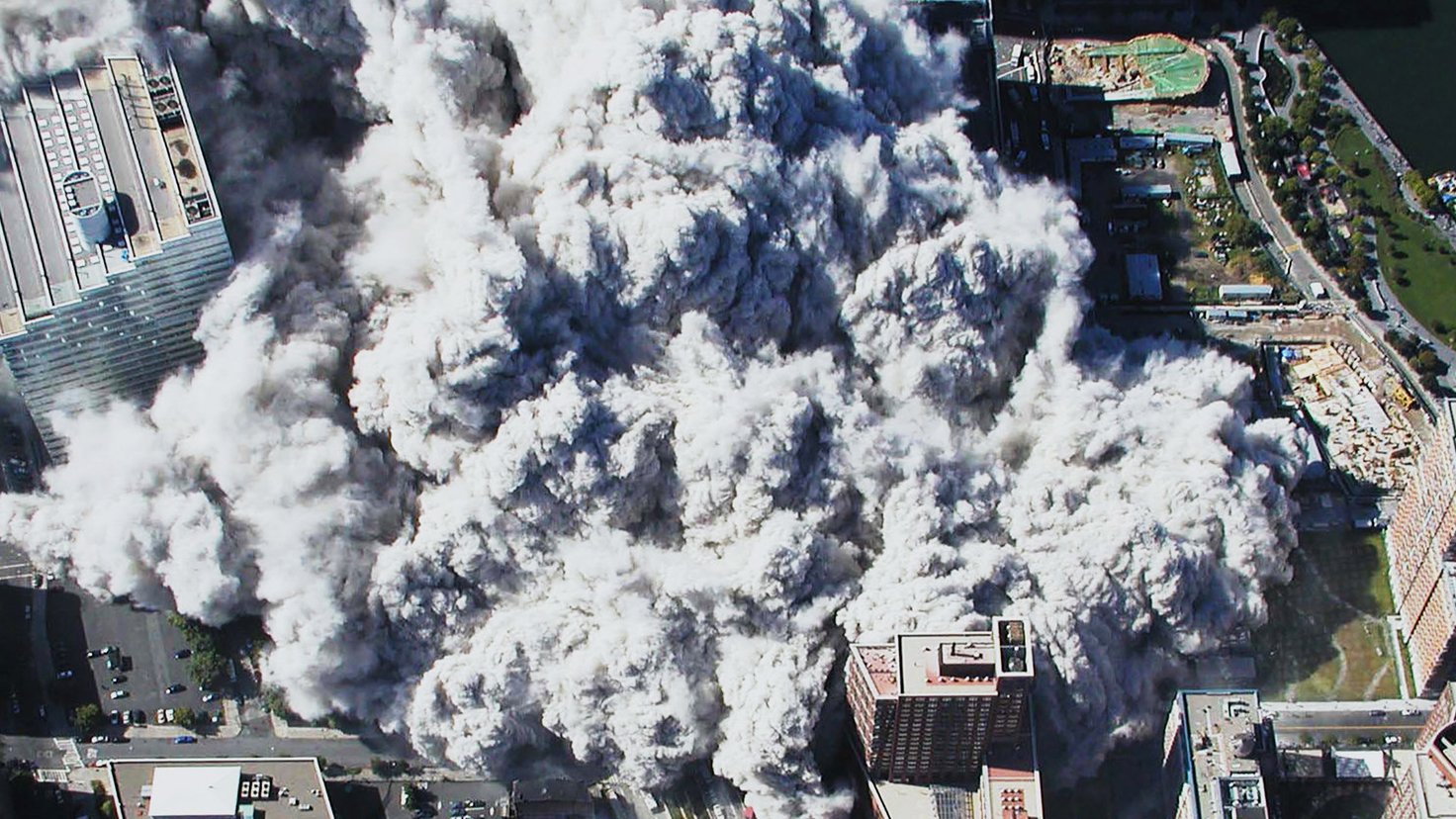Abstract: Directed energy weapon (DEW) demolition proponents claim that a large majority of above-grade structural steel from the World Trade Center (WTC) towers was dissociated into dust and aerosols during and/or after collapse. However, multiple quantitative dust and aerosol measurements show that no significant fraction of structural steel was dissociated into dust or aerosols. A review of the photographic record shows no gas, dust, aerosols, or debris moved upwards during the collapse, and physical principles reveal that that no significant fraction of structural steel from the towers could reasonably be supported by air during or immediately after collapse. Visibility (optical path length) measurements, dust collected directly from the south tower debris cloud, and an analysis of the physical transport mechanisms for dust and aerosols prove that the debris which hung in the air after the collapse was miniscule compared to the amount of steel in the towers. A large fraction of steel in the towers could not be transformed into a gas due to the reactive nature of iron and oxygen which would have caused suffocation of anyone in the vicinity of ground zero.
Solving the Great Steel Caper: DEW-Demolition Contrary Evidence
| October 2007



